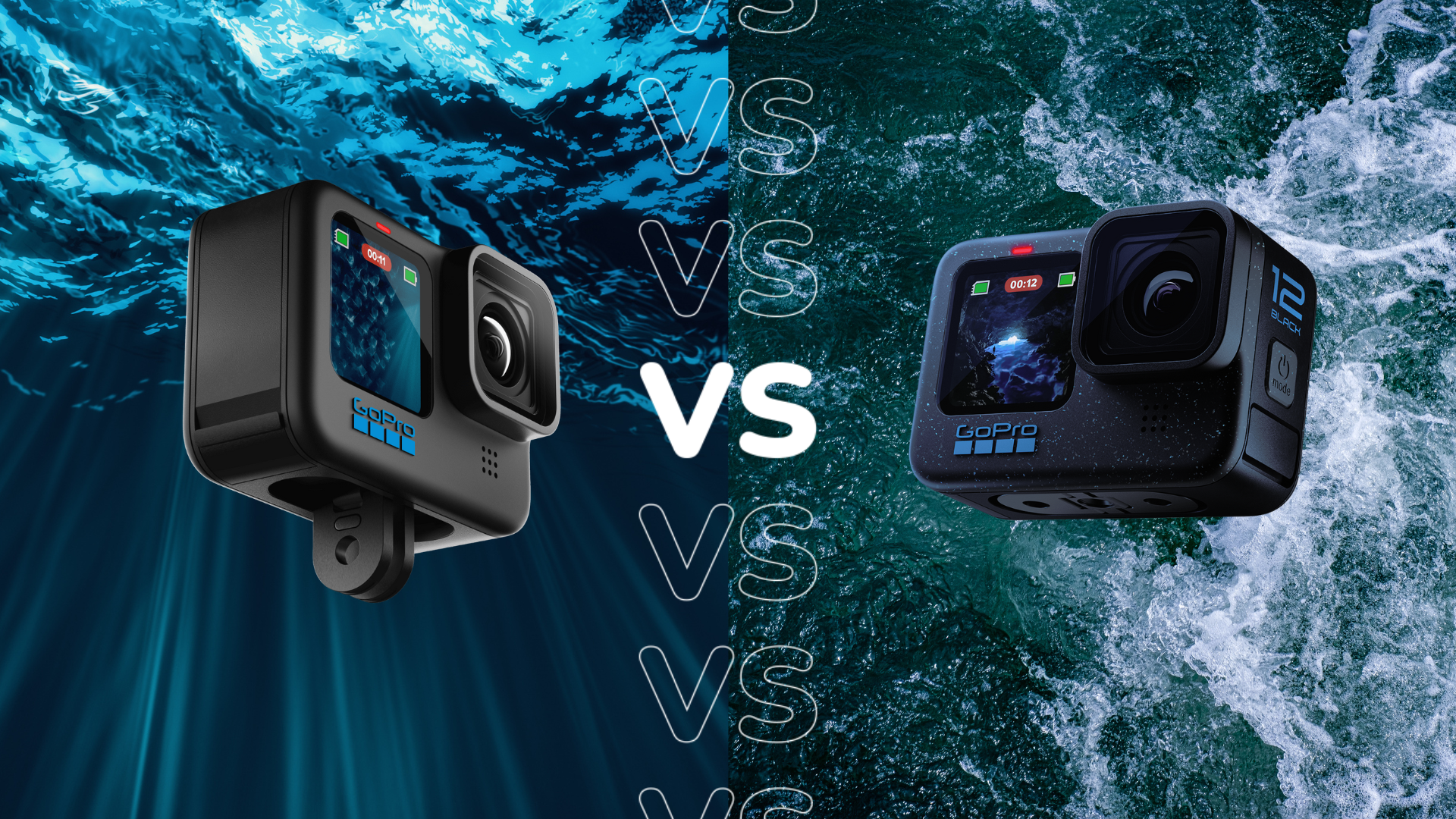MacBook Air M3 vs Dell XPS 14 (2024): Which laptop is best?

Apple has finally revealed the latest edition in its lightweight laptop series, the MacBook Air M3.
The MacBook Air has remained top dog in this laptop category for a long time now, but that doesn’t mean there aren’t plenty of fierce competitors. One of the most noteworthy rivals this year will be the Dell XPS 14 (2024).
So what are the key differences between these two laptops, and which is the best option for you? We’ll be answering all of those questions and more in this comparison guide, so keep on reading.
MacBook Air M3 is more affordable
Let’s jump straight to the pricing, as it will likely be the most important factor in your buying decision. The MacBook Air M3 is surprisingly affordable, with a starting price of just £1099 – for that, you get 256GB storage and 8GB unified memory.
The Dell XPS 14 is noticeably more expensive, with a starting price of £1599. It is worth mentioning that you do at least get 512GB storage and 16GB memory at that price. Nevertheless, the MacBook is still cheaper when you upgrade to the same specs, taking the cost up to £1499.
The MacBook Air M3 will become more costly if you want a 15-inch screen. The base price comes in at £1299, while upgrading to 512GB storage and 16GB memory takes the price up to £1699. With all of that taken into account, there actually isn’t much between these laptops in terms of price, but Apple does at least offer more affordable configuration options.
Apple M3 vs Intel Core Ultra
The big news for both laptops is that they’ve been upgraded with new processors. The MacBook Air now sports the M3 chip, which is apparently up to 60% faster than the M1 processor.
Meanwhile, the Dell XPS 14 is powered by the new Intel Core Ultra series as part of the 14th generation. Intel claims the Intel Core Ultra 7 offers an 11% improvement in multi-threading performance compared to the M3. We can’t verify that claim until we’re able to test the MacBook Air M3 for ourselves.
Nevertheless, both laptops should offer suitably speedy performance for day-to-day workloads, and enough of a graphics performance to dabble with entry-level creations. AI performance has also been given a big boost for both laptops.
Dell XPS 14 is available with OLED display
The MacBook Air M3 looks like a very rounded laptop, but it’s missing one key feature that’s becoming increasingly popular in the laptop world: an OLED display.
OLED screens are sought after due to their ability to produce perfect blacks. This greatly enhances the contrast of a display, making bright colours appear more vibrant as a result. They also boast supremely high colour accuracy, making them ideal for content creators.
The MacBook Air M3 is not available with an OLED display, no matter if you opt for the 13-inch to 15-inch model. As for the Dell XPS 14 it doesn’t come with an OLED panel by default, but you do have the option to pay an additional £300 to bag yourself a 3.2K OLED display.

Dell XPS 14 has a touchbar
The touchbar is one of the most eye-catching aspects about the Dell XPS 14, replacing the typical function key row with a touch panel. We’re a big fan of this feature, as it looks far cleaner and is more obvious as to which function each key offers.
Interestingly, Apple used to have a similar feature called the Touch Bar, which actually offered far more functionality since it could change depending on the app you were using. Unfortunately, Apple failed to get enough third-party support for the feature, so it eventually phased it out of the MacBook range.
Dell’s scaled back take on the Touch Bar isn’t quite as ambitious, but we think it’s a welcome addition that makes the Dell XPS series standout from the competition, including the MacBook Air M3.







